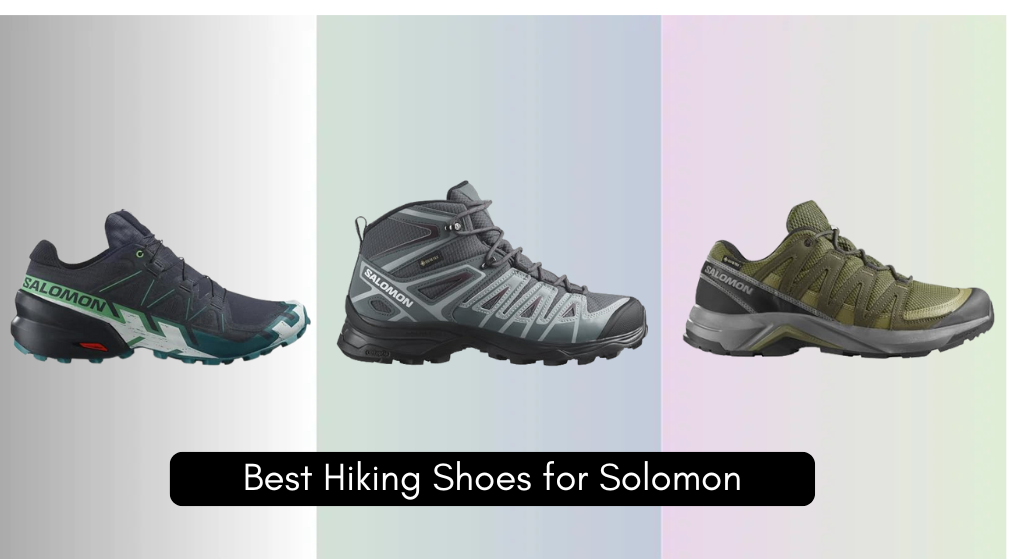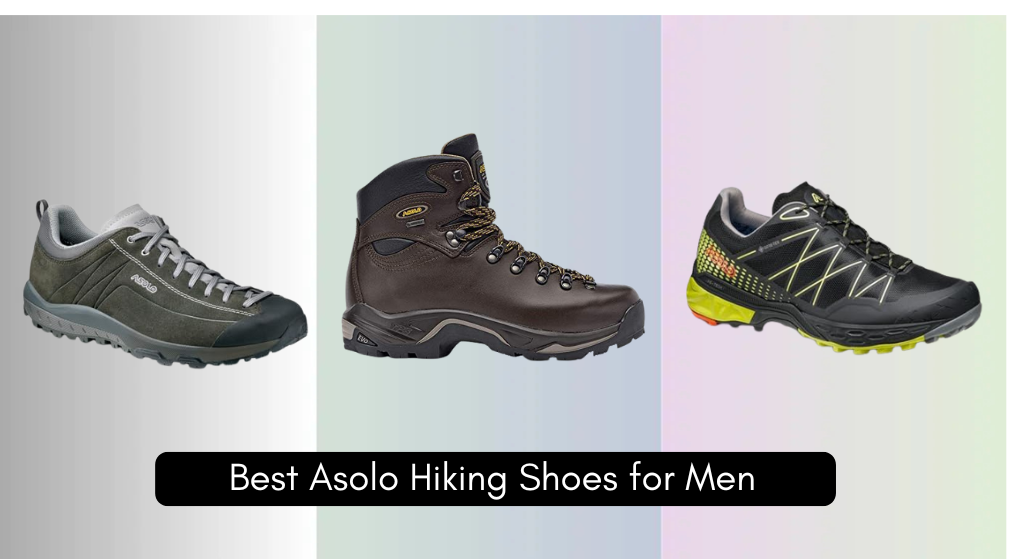Introduction
Hiking and sports are thrilling activities that challenge your body and mind, but they can come with a common problem: blisters. These small yet painful skin irritations can ruin an otherwise enjoyable adventure. Whether you’re trekking up a mountain trail or running a marathon, preventing blisters is crucial for a smooth experience. This guide will walk you through actionable tips and strategies to keep your feet—and your performance—blister-free.
Understanding Blisters

What Are Blisters?
Blisters are small pockets of fluid that form between the layers of your skin due to friction, heat, or irritation. They act as the body’s defense mechanism, protecting the underlying tissue from further damage. Though they might seem minor, untreated blisters can lead to pain, discomfort, and even infections.
Common Causes of Blisters
- Friction: Repeated rubbing of skin against shoes, socks, or equipment is the leading cause of blisters.
- Moisture: Sweat or water trapped in your socks can soften the skin, making it more susceptible to damage.
- Heat: High temperatures can increase the likelihood of blister formation by making your skin more pliable.
Areas Prone to Blisters
Blisters commonly occur on the feet, especially the heels, toes, and soles. Other areas, like hands (from gripping equipment) or shoulders (under backpack straps), can also be affected during prolonged activities.
Preparing Before Hiking or Sports
Choosing the Right Footwear
Selecting appropriate footwear is your first line of defense against blisters. Ensure your shoes fit snugly but aren’t too tight. Consider the following:
- Opt for shoes designed for your activity, such as trail runners or hiking boots.
- Break in new shoes before embarking on long hikes or intense sports sessions.
Selecting the Right Socks
Your socks matter as much as your shoes. Choose moisture-wicking materials like merino wool or synthetic blends that keep sweat at bay. Avoid cotton socks, as they retain moisture and can increase friction. Double-layer socks can provide extra protection against blisters.
Pre-Treating Feet
Prevention starts before the activity. Apply an anti-friction balm, petroleum jelly, or foot powder to areas prone to irritation. You can also use sports tape or moleskin to shield vulnerable spots like your heels or the sides of your toes.
Preventive Measures During Activities

Keeping Feet Dry
Moisture is a blister’s best friend. Wear breathable footwear to reduce sweating and carry extra socks to switch out if your feet get damp. Use foot powders or silica gel packs in your gear to combat excessive moisture.
Monitoring Hot Spots
Hot spots are early signs that a blister might form. These areas may feel warm, tender, or irritated. Stop immediately if you notice them, adjust your footwear, and apply a bandage or blister pad to prevent further rubbing.
Adjusting Gear
Properly secure your gear to avoid unnecessary movement. For shoes, use lacing techniques that provide stability without being overly tight. For backpacks or other equipment, adjust straps to prevent them from digging into your skin.
Post-Activity Care
Caring for Feet After Hiking or Sports
Once you’re done with your activity, give your feet some TLC:
- Wash them with soap and water to remove sweat and debris.
- Apply a moisturizer to keep the skin supple.
- Inspect for any red spots, blisters, or areas of irritation.
Treating Existing Blisters
If you already have a blister, treat it carefully to avoid infection:
- Wash your hands and sterilize a needle.
- Puncture the edge of the blister to drain the fluid, leaving the skin intact.
- Cover the area with a sterile bandage or blister pad.
Special Tips for Long-Distance Hiking or Intense Sports

Double-Socking Technique
This method involves wearing a thin liner sock under a thicker outer sock. The liner reduces friction against your skin, while the outer sock absorbs movement and moisture.
Using Blister-Specific Products
Invest in blister prevention products such as gel pads, moleskin, or adhesive bandages. These items are designed to protect high-friction areas, reducing the risk of blister formation significantly.
Mistakes to Avoid
- Skipping Shoe Break-In: Always break in new footwear gradually before a major activity.
- Ignoring Discomfort: Stop and address hot spots immediately instead of “pushing through.”
- Neglecting Post-Care: Proper post-activity care helps prevent complications like infections.
Conclusion
Blisters may be small, but their impact on your hiking or sports experience can be significant. By understanding their causes and implementing these preventive measures, you can enjoy blister-free adventures. Prioritize your foot health, plan ahead, and address issues promptly to keep your focus on the journey, not the pain.
Frequently Asked Questions
How can I quickly treat a blister while on a hike?
Clean the area, apply a blister pad or moleskin, and secure it to reduce friction.
Are there any natural remedies for blister prevention?
Yes, applying coconut oil or aloe vera can reduce friction and soothe the skin.
What types of socks are best for hiking?
Opt for moisture-wicking socks made from merino wool or synthetic fibers.
How long does it take for a blister to heal?
Most blisters heal within 3–7 days, depending on size and care.
Can improper diet contribute to blister formation?
Indirectly, yes. Dehydration or nutrient deficiencies can weaken skin integrity, making blisters more likely.










